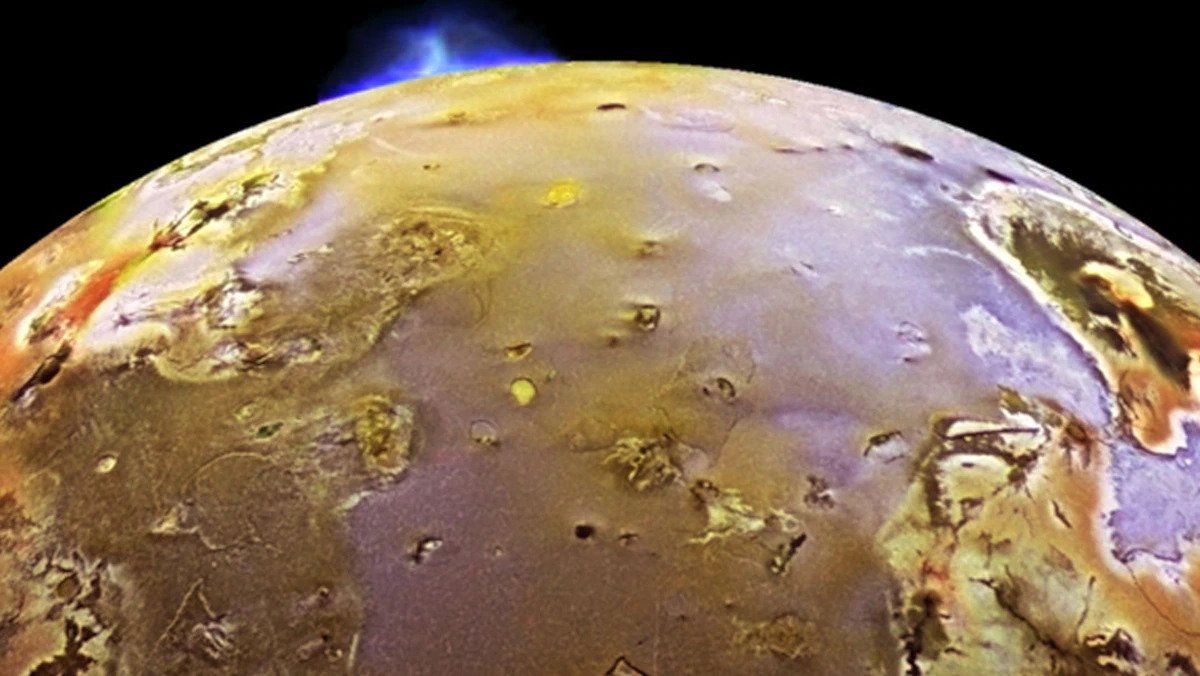Researchers observing Jupiter’s moon Io since July have been recording increased volcanic activity on it. During this time, several small and at least one large eruption occurred.

Eruption on Io
Scientists from the Institute of Planetary Sciences have recorded a volcanic eruption on Jupiter’s moon Io. This is evidenced by research conducted using the Io Input/Output (IoIO) tool located in Arizona.
With its help, scientists have been studying this volcanic moon of Jupiter since 2017. Despite its small size, it is able to see the plasma torus that this moon forms around the giant planet due to volcanic activity on it. It also includes a spectrograph that allows scientists to track the chemical composition of the ejecting Io.
In July 2022, the researchers noticed the most increase in the content of sodium and ionized sulfur during the entire observation period. Thanks to them, scientists came to the conclusion that volcanic eruptions continue on the moon from July to December inclusive. Most of them were small, but in September there was one really big one.
Why are there many volcanoes on Io?
Io is the closest of Jupiter’s four major moons to the planet. It is simultaneously influenced by its tidal forces and disturbances from Europa and Ganymede. Therefore, the crust of this moon is deformed and cracked.
Volcanism on Io has been observed since the 70s of the XX century. Researchers working with IoIO record small eruptions almost every year. Increased activity in 2022 is extremely important. Indeed, over the next year, the Juno probe will gradually begin to approach Io. In December 2023, it will make a close flyby near it.
It is very important for scientists working with this device to know both what is worth looking at during this rapprochement, and what dangers may threaten Juno. It is quite possible that it will be able to get more impressive images than during the flights of Ganymede and Europa.
According to phys.org
Follow us on Twitter to get the most interesting space news in time
https://twitter.com/ust_magazine

